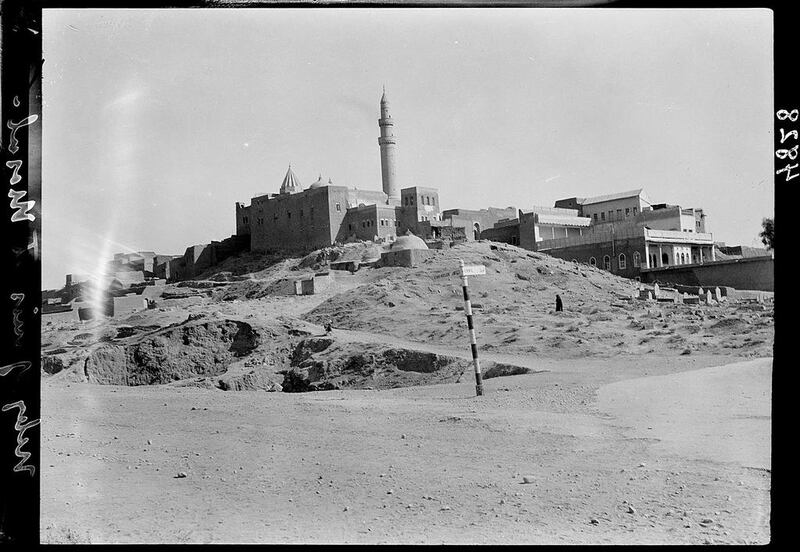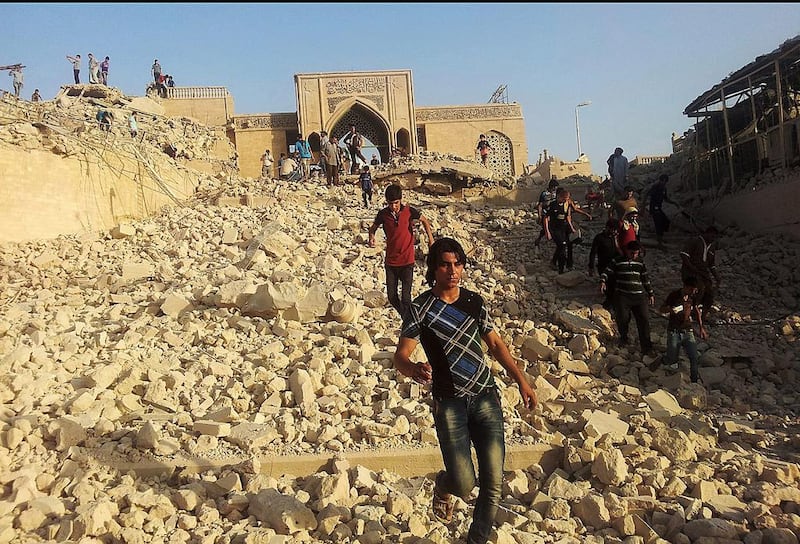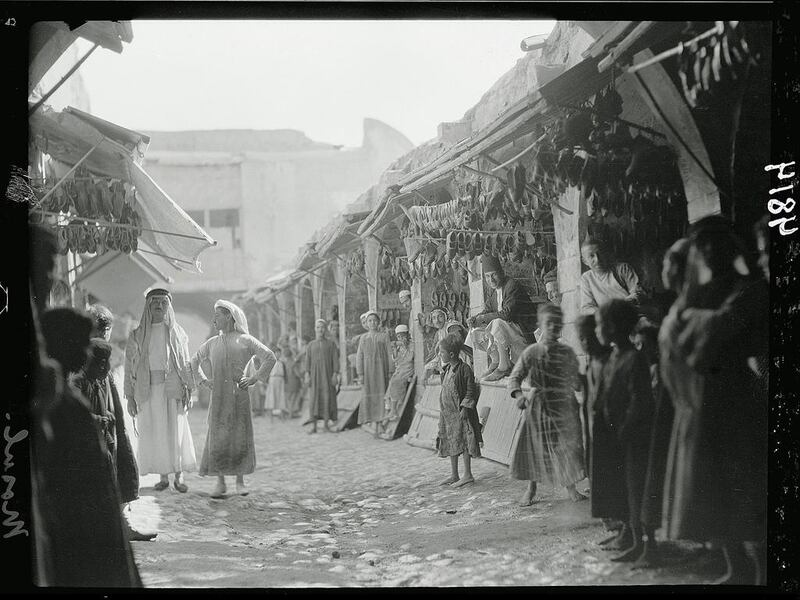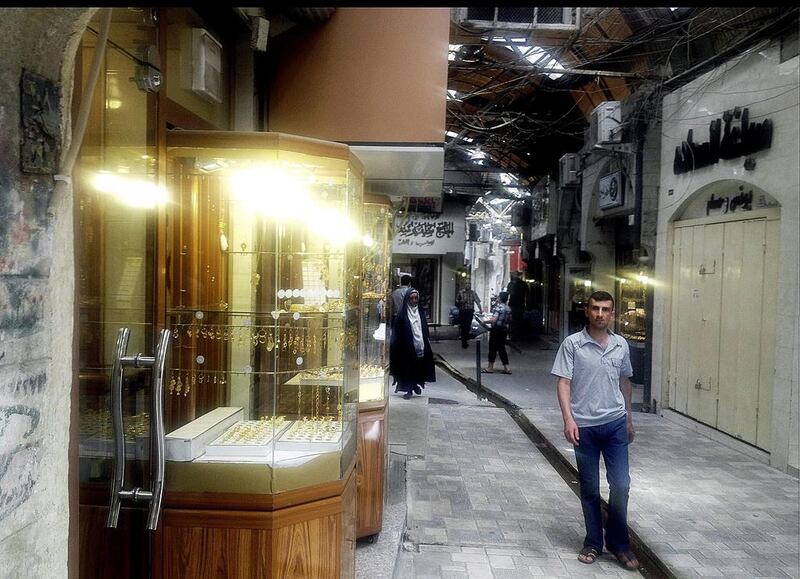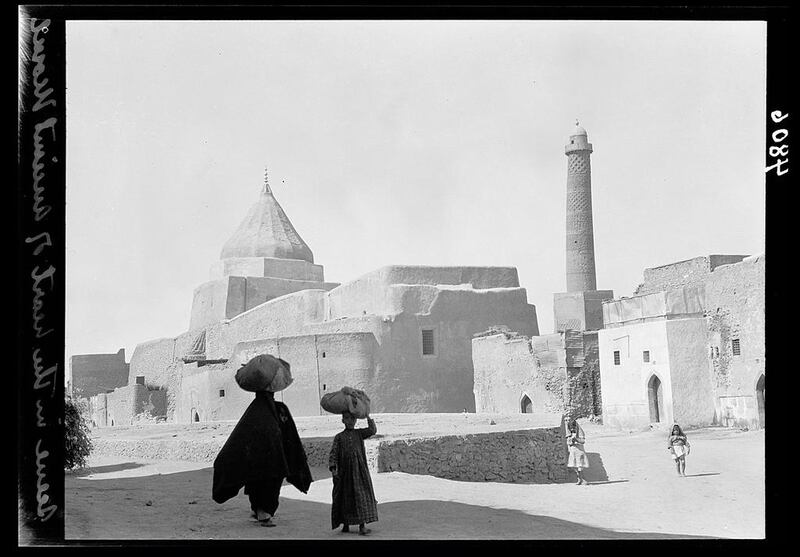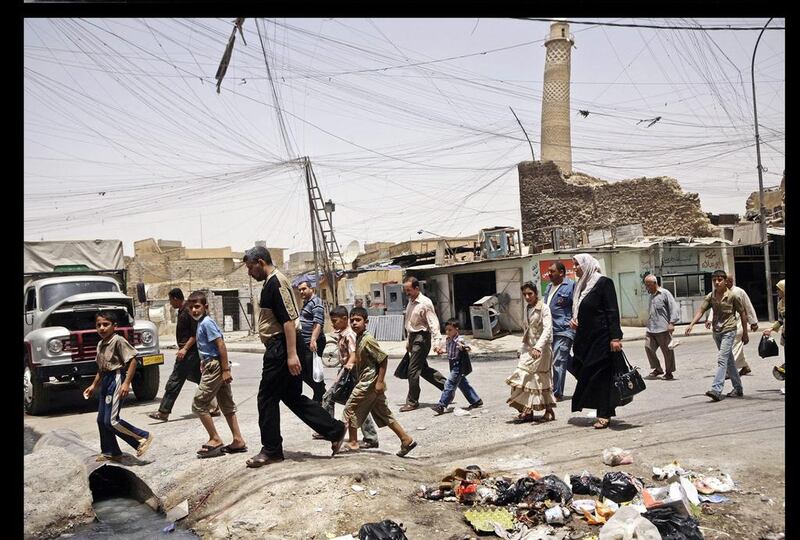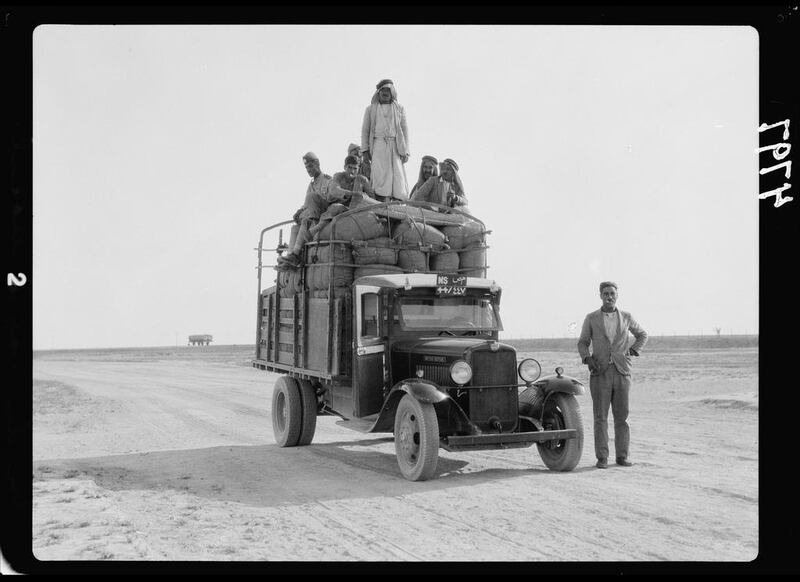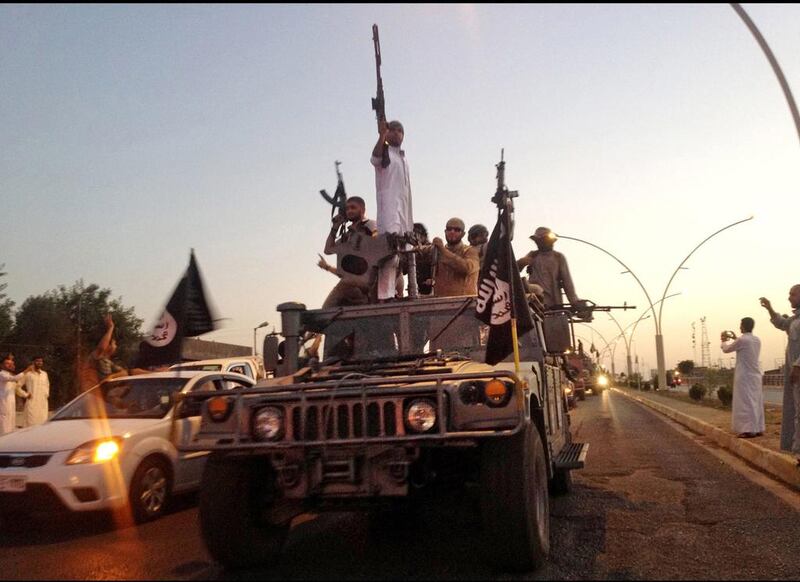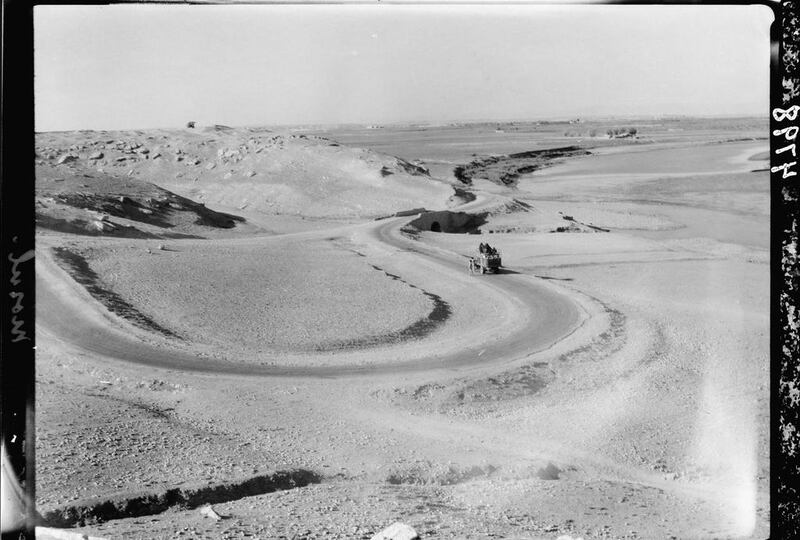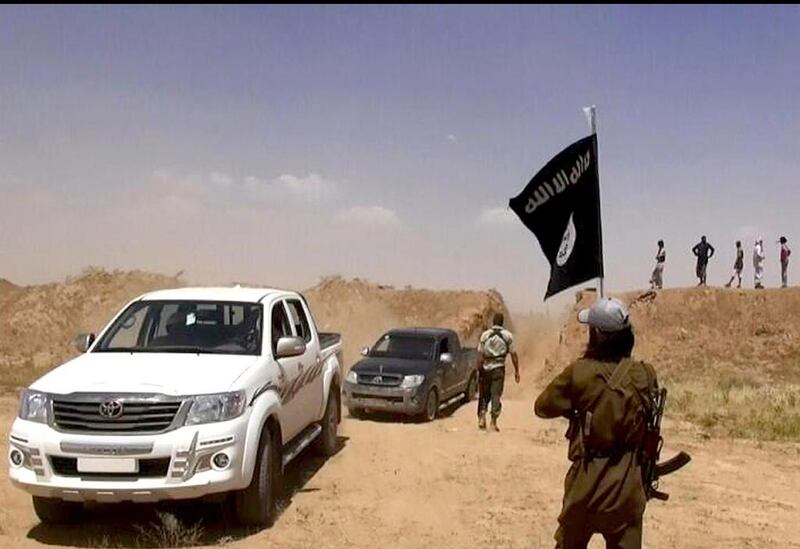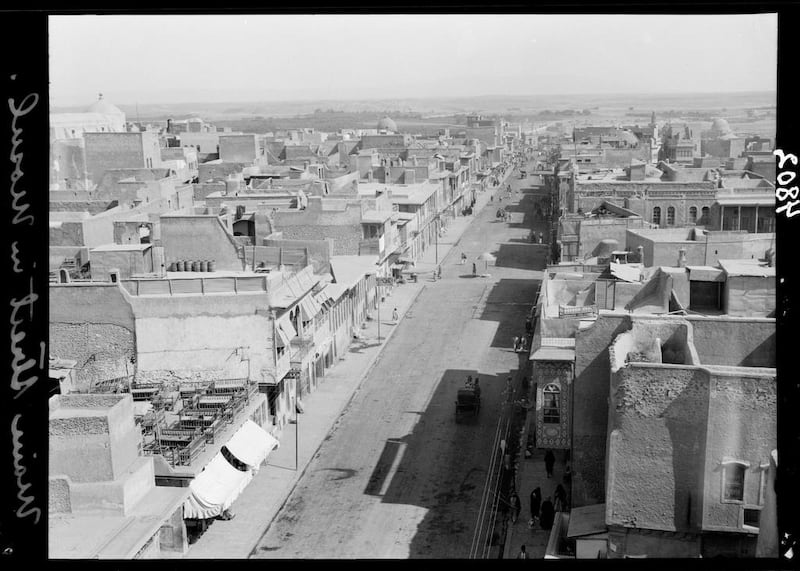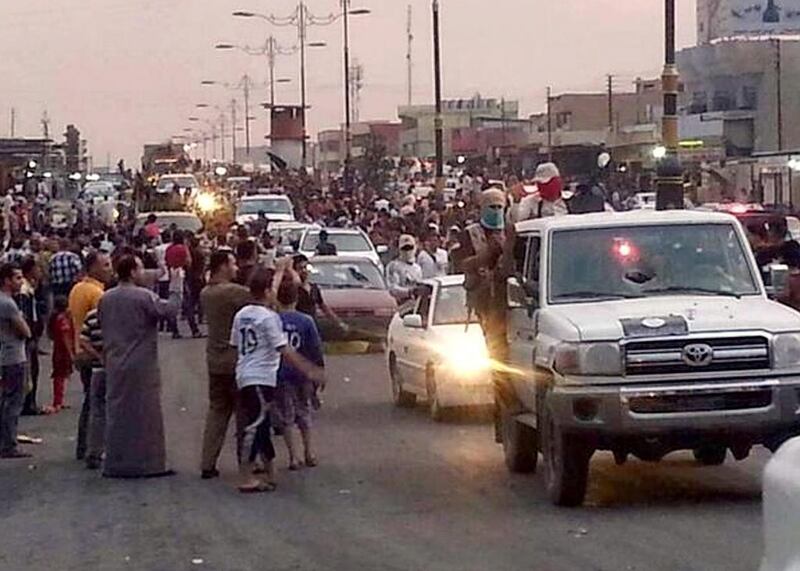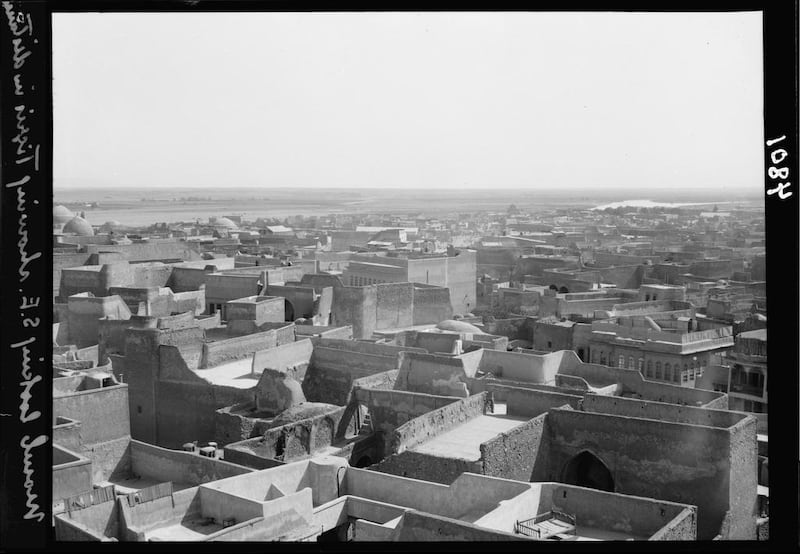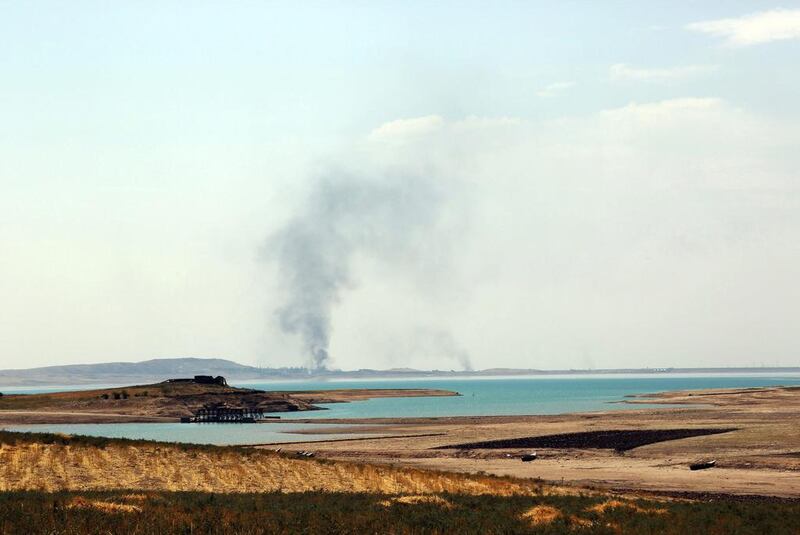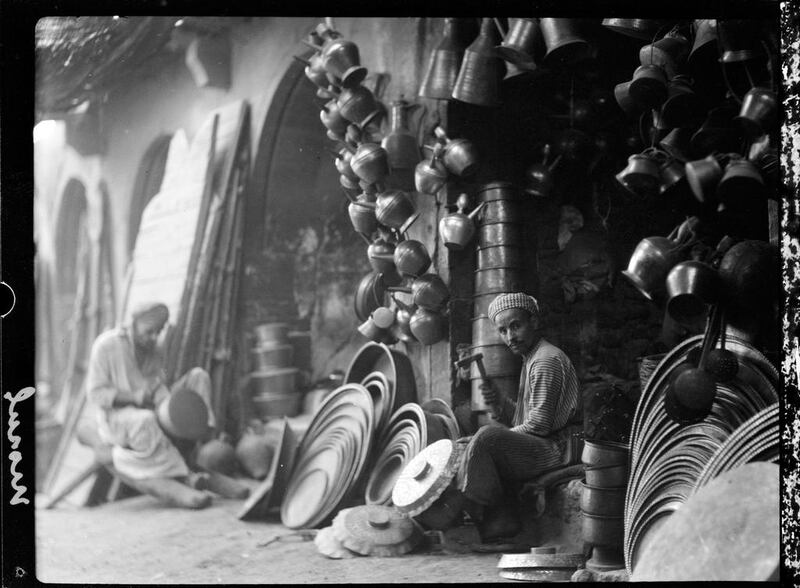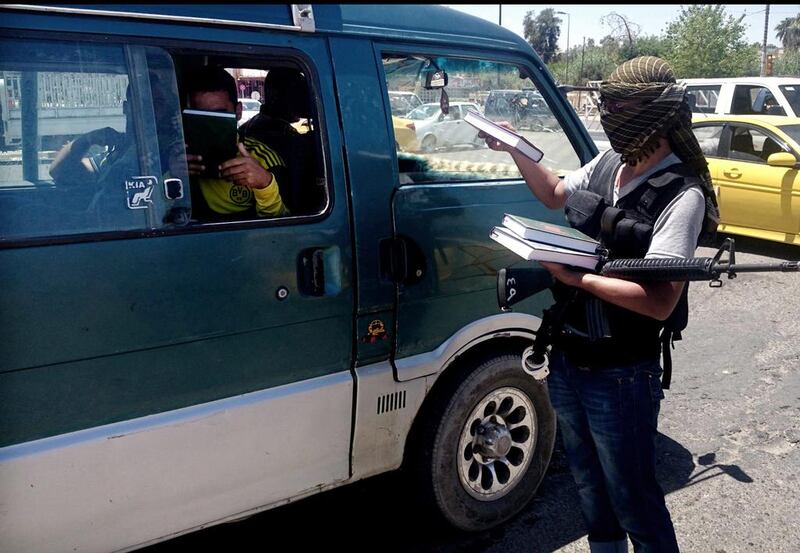Iraq’s second-largest city, Mosul, is locked under ISIL rule as the group tries to purge it of everything they see as contradicting their stark vision of Islam.
A trove of photographs housed at the US Library of Congress offers a glimpse of a different Mosul – before wars, insurgency, sectarian strife and now extremist rule.
The scenes were taken in the autumn of 1932 by staff from the American Colony Photo Department during a visit to Iraq at the end of the British mandate.
The photos show many of the sites that have borne the brunt of ISIL’s wrath. Since capturing the city in June, the militants destroyed at least 30 shrines and historic sites they see as promoting idolatry and heresy.
Among the sites were the tombs of figures revered as prophets by Muslims, including Seth, said to be the third son of Adam and Eve, and Jonah, who in stories told in the Bible and the Quran was swallowed by a whale.
One site the extremists could not destroy was the 840-year-old Crooked Minaret, a minaret that leans like Italy’s Tower of Pisa.
When the militants came to blow it up, residents formed a human chain around it to protect it.
In one of the old images, the Crooked Minaret towers over a street in central Mosul, adjacent to a Yazidi shrine. The shrine was gone long before militants overtook the city, but it reveals a time when different religious faiths could coexist here. Yazidis belong to an ancient sect that the extremists consider heretical, and ISIL fighters have driven tens of thousands of Yazidis from their homes when they seized their towns last month.
* Associated Press
